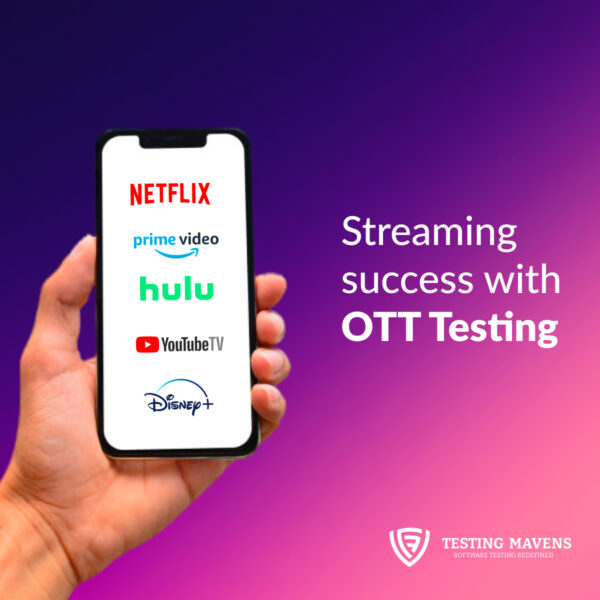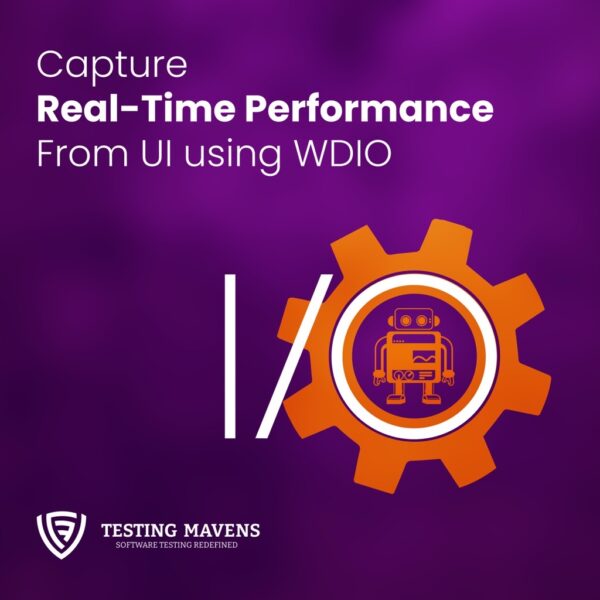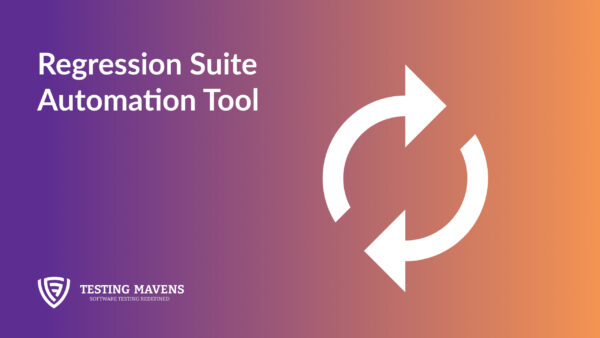It is evident that future technological advancements will make it possible for higher bandwidth networks like 4G and 5G resulting in increased on-demand video consumption. To meet this demand and to provide quality content, a lower development overhead and faster delivery of quality content are essential which can be achieved by defect identification and resolution at an earlier stage. This article will enlighten you about various OTT testing techniques, but before that let’s dive into the basics of OTT.
What is an OTT platform?
The term OTT stands for “over-the-top” and refers to streaming media services that supply content over the Internet. This concept derives from the fact that the service is provided via another platform.
This term is often used on video-on-demand platforms, but also refers to audio streaming, messaging services, or Internet-based voice calling solutions.
What is OTT Platform Testing and Why is important?
The testing of OTT applications with the related network components is called OTT testing. To deliver a seamless OTT service, many networks, application components, and infrastructure setup is needed.
Therefore, a good Quality Assurance strategy involves testing the entire service and its components for a more detailed analysis of their performance in different conditions.
One of the key KPIs for robust OTT services is delivering a seamless user experience. Imagine while a user is watching a live match or video clip, the video keeps stalling, or a spinner keeps loading forever. In these situations, the risk of losing your business is higher than ever, as there are many OTT services available for the users at the click of a button.
Primary focus areas in OTT Testing
Flow Testing
One of the main testings that come underflow/functional testing is UI/UX testing especially when it comes to OTT we verify the Profile management, UI design, Navigation paths, Layout consistencies, and Subscription Plans from single and multiple user perspectives and as concerned all OTT platform follow certain rules and specific categories which should be considered while testing.
Domain Testing
The First one is Content Management Testing in which it is necessary to check the screen resolution, orientation, and content displays correctly on different platforms. Next is Integration System Testing which is necessary to verify the web service calls, checking required fields, etc. and the last one is Usability Testing, If we take any of the OTT platforms the first impression depends on the user-friendliness of that platform and verifies the thumbnails, color combinations, etc.
Stress Testing
One of the important testing methods that should be done in the OTT platform is Performance testing under high load & stress. Through this testing, we can verify the wait time, Bit Rate, response time, VBR, CBR, etc, and how the application behaves under normal & abnormal conditions.
Automation Testing
It is a test to double-check that the equipment or software does exactly what it was designed to do by using scripts to perform repetitive testing even for minor changes to the application code. We can use this testing in OTT for Reporting, Monitoring, Code coverage, etc.
Network Testing
We can check the content quality by using different types of networks. All kinds of network speeds can be simulated to test all outcomes.
Device Testing
Most of the services are available on multiple devices such as phones, laptops, and digital media players such as AppleTV, Roku, and TV. The resolution available to these devices varies. The maximum and minimum resolutions available can be set prior to run any test.
Why Performance Testing is important in OTT Platforms?
With the advent of technology and the availability of high-speed internet services, live video streaming and video-on-demand services are being used by a vast number of people worldwide. All major sports events, music concerts, news, TV shows, and movies are using these platforms. The importance of running a performance test on these streaming services is paramount to the experience of the users as it ensures that the video does not crash when the users are watching.
Video Streaming Protocols
Among all the available protocols, we focus on the most popular protocols being used which cover more than 90% of usage. They are HLS, RTMP, Progressive Download, and MPEG-DASH.
Features to be tested
These are some of the notable features that must be tested for an OTT Service apart from the regular load testing requirements.
- Dynamic Bit Rate: The resolution and bit rate of the video dynamically changes depending on the speed of the user’s internet connection.
- Location dependency: The content availability and performance of the content can be tested from distinct locations.
- Resume playback: The users do not always start watching the videos from the beginning. They can pause or choose another video and come back and watch the earlier video. This can affect how the load is handled by the server and hence needs to be tested accordingly.
Parameters Monitored
- Buffer Fill Time – Time for filling the buffer with media segments
- Total Download Time – Time spent downloading media segments
- Total Play Time – Time needed to play downloaded segments.
- Total Playback Time – The real payback time including lags.
- Total Lag Time – Total amount of lag due to rebuffering.
- Lag Time Ratio – Ratio of the lag time to the total playback time.
- Average Bit Rate – The amount of data transferred per second.
A legitimate tested OTT stage will seamlessly gel into our daily existence as Bill Gates said, “The advance of technology is based on making it fit in so that you don’t really even notice it, so it’s part of everyday life.”


